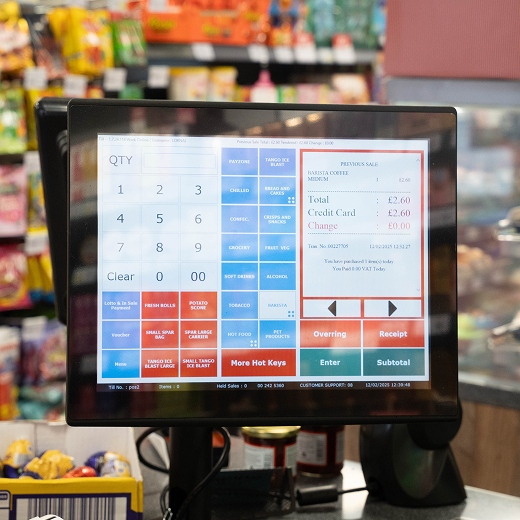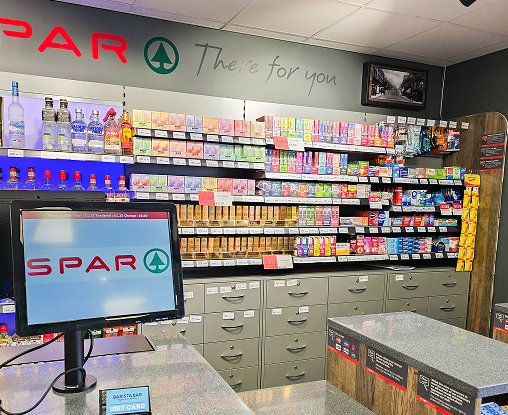What is Retail POS? Here’s All You Need to Know

Learn all about Retail POS systems. Discover how they manage sales, inventory, and customer data to streamline operations and enhance shopping experiences.
Pos Software

How POS Software Helps at the Business There are many different kinds of software developed by the developers. The two big kinds are the system software and application software. The first kind is the type of software that controls the internal functioning of a computer and is also capable of controlling other hardware such as […]













